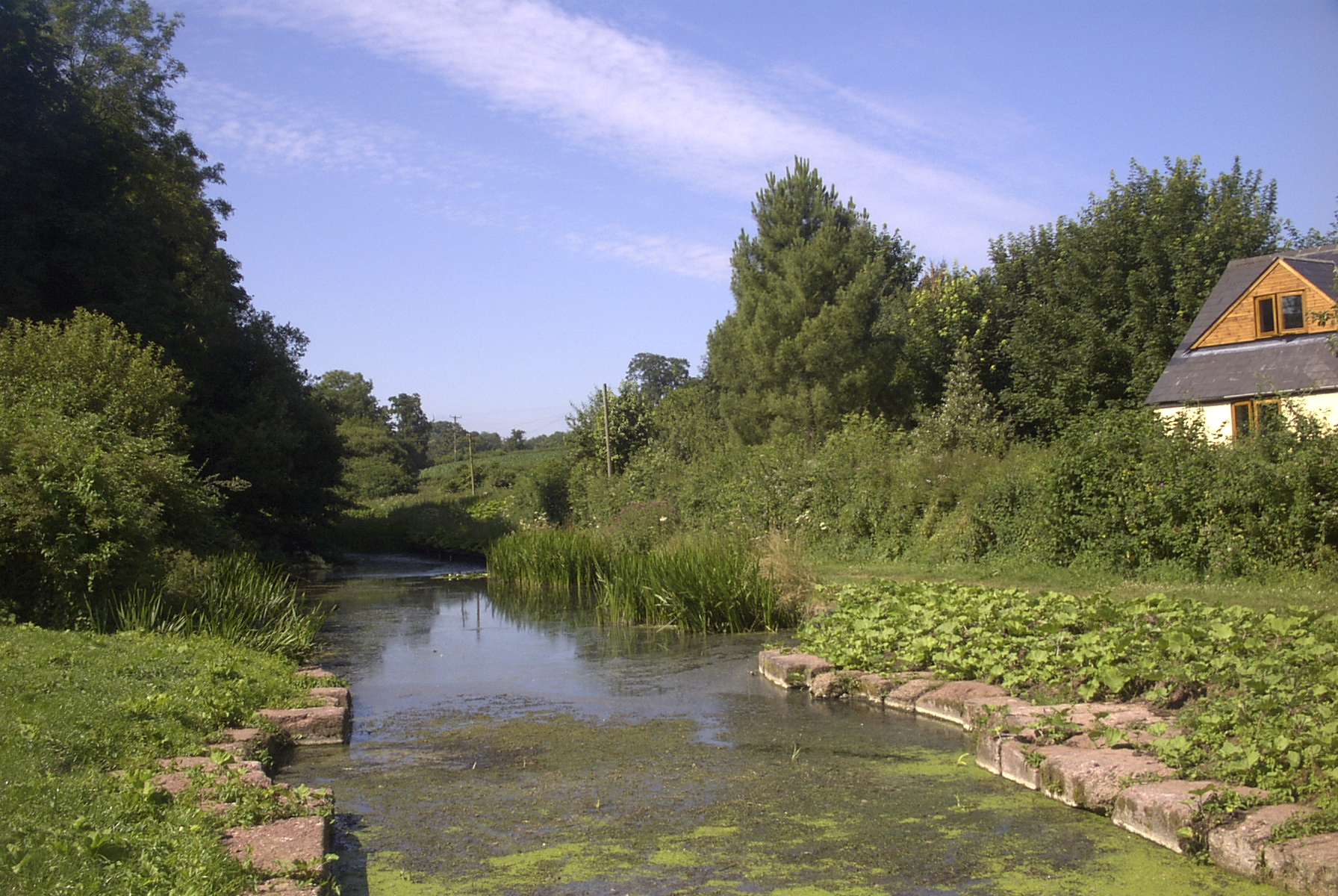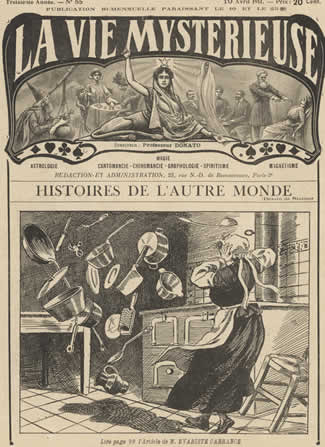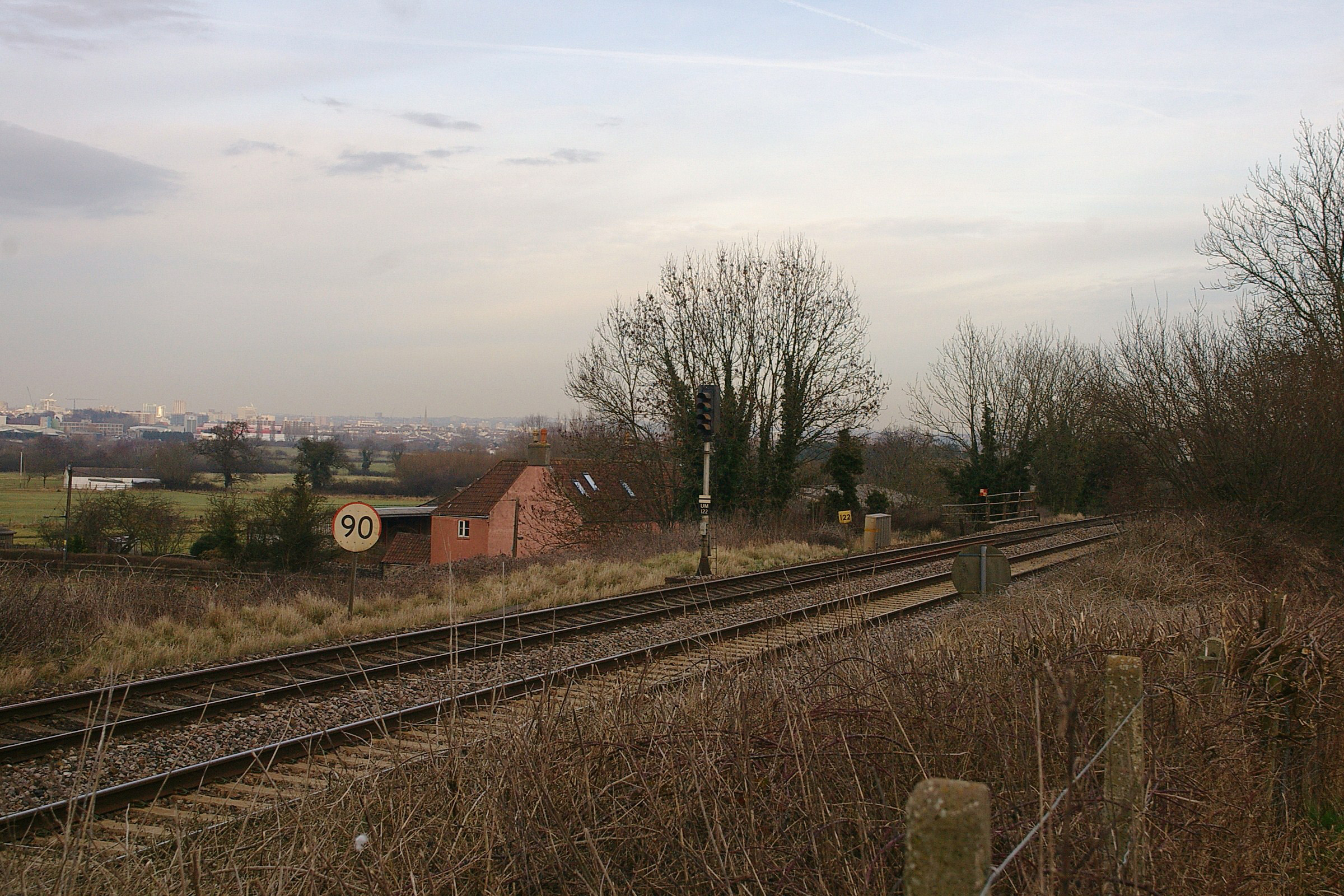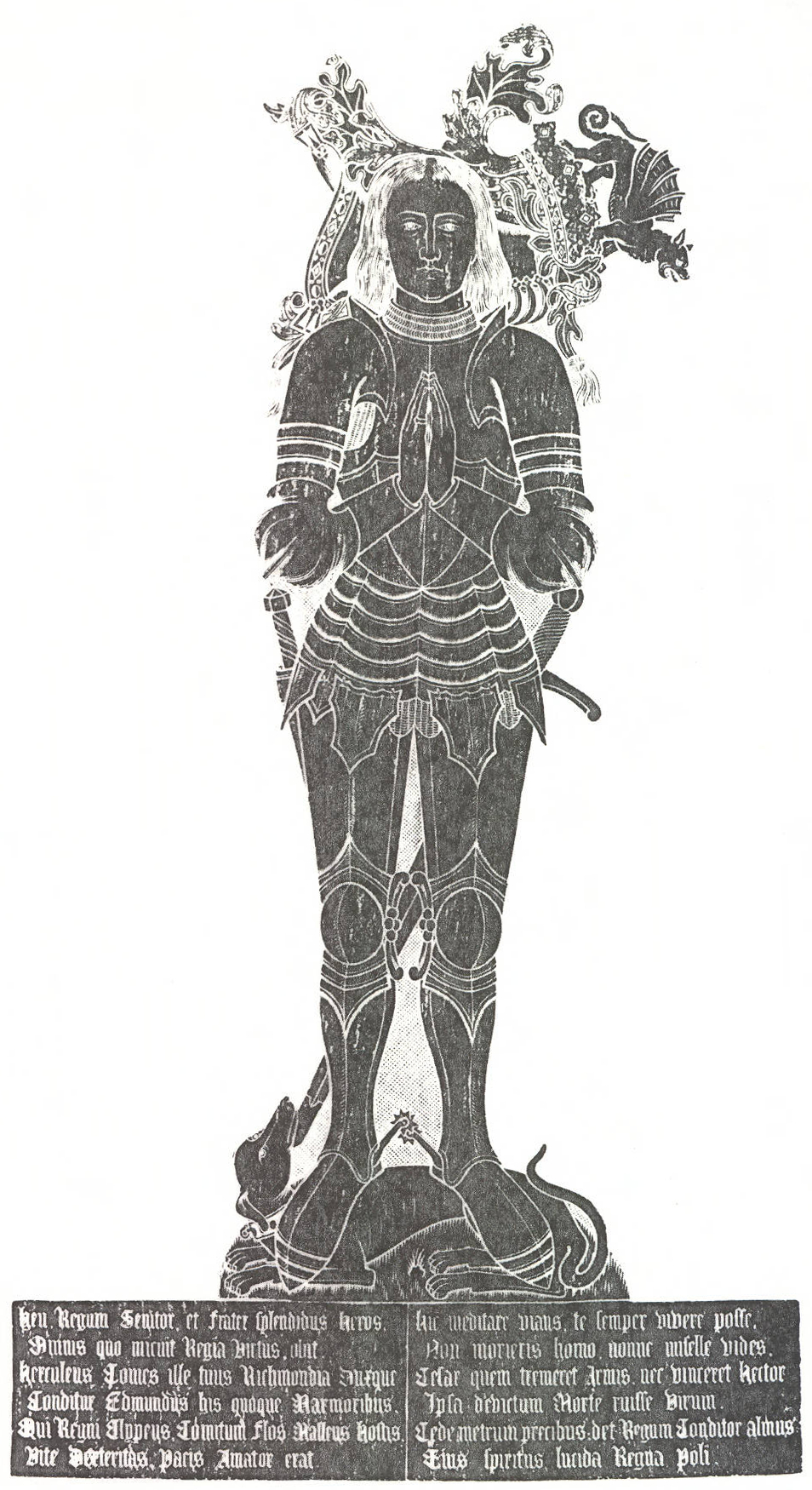|
Sampford Peverell
Sampford Peverell is a village and civil parish in Mid-Devon, England. An old Saxon settlement, it was called Sanforda in the 1086 Doomsday Book. Its current name reflects its inclusion in the Honour of Peverel, the lands of William Peverel and his family. His great-grandson, Hugh Peverell (the name had changed spelling), is buried in the village church of St John the Baptist. The parish is surrounded, clockwise from the north, by the parishes of Hockworthy, Holcombe Rogus, Burlescombe, Halberton and Uplowman. The New Rectory was built in 1836, at the expense of the Grand Western Canal Company, in compensation for cutting through the grounds and demolishing the south wing of the Old Rectory which had been built for the use of Margaret Beaufort, mother of Henry VII. The Great Western Railway opened a station at Sampford Peverell in 1932 but it closed on 5 October 1964; the site has since been reused as Tiverton Parkway railway station (opened in 1986). Poltergeist ... [...More Info...] [...Related Items...] OR: [Wikipedia] [Google] [Baidu] |
Grand Western Canal
The Grand Western Canal ran between Taunton in Somerset and Tiverton, Devon, Tiverton in Devon in the United Kingdom. The canal had its origins in various plans, going back to 1796, to link the Bristol Channel and the English Channel by a canal, bypassing Lands End. An additional purpose of the canal was the supply of limestone and coal to lime kilns along with the removal of the resulting quicklime, which was used as a fertiliser and for building houses. This intended canal-link was never completed as planned, as the coming of the railways removed the need for its existence. Construction was in two phases. A level section, from Tiverton to Lowdwells on the Devon/Somerset border, opened in 1814, and was capable of carrying broad-beam barges, carrying up to 40 tons. The Somerset section, suitable for tub boats (which were about long and capable of carrying eight tons) opened in 1839. It included an Canal inclined plane, inclined plane and seven boat lifts, the earliest lifts ... [...More Info...] [...Related Items...] OR: [Wikipedia] [Google] [Baidu] |
Paranormal Hoaxes
Paranormal events are purported phenomena described in popular culture, folk, and other non-scientific bodies of knowledge, whose existence within these contexts is described as being beyond the scope of normal scientific understanding. Notable paranormal beliefs include those that pertain to extrasensory perception (for example, telepathy), spiritualism and the pseudosciences of ghost hunting, cryptozoology, and ufology. Proposals regarding the paranormal are different from scientific hypotheses or speculations extrapolated from scientific evidence because scientific ideas are grounded in empirical observations and experimental data gained through the scientific method. In contrast, those who argue for the existence of the paranormal explicitly do not base their arguments on empirical evidence but rather on anecdote, testimony, and suspicion. The standard scientific models give the explanation that what appears to be paranormal phenomena is usually a misinterpretation, mi ... [...More Info...] [...Related Items...] OR: [Wikipedia] [Google] [Baidu] |
Navvy
Navvy, a clipping of navigator ( UK) or navigational engineer ( US), is particularly applied to describe the manual labourers working on major civil engineering projects and occasionally (in North America) to refer to mechanical shovels and earth moving machinery. The term was coined in the late 18th century in Great Britain when numerous canals were being built, which were also sometimes known as "navigations", or "eternal navigations", intended to last forever. Nationalities A study of 19th-century British railway contracts by David Brooke, coinciding with census returns, conclusively demonstrates that the great majority of navvies in Britain were English. He also states that "only the ubiquitous Irish can be regarded as a truly international force in railway construction,"Brooke (1983). Page 167. but the Irish were only about 30% of the navvies. By 1818, high wages in North America attracted many Irish workers to become a major part of the workforce on the construction of t ... [...More Info...] [...Related Items...] OR: [Wikipedia] [Google] [Baidu] |
Poltergeist
In ghostlore, a poltergeist ( or ; German for "rumbling ghost" or "noisy spirit") is a type of ghost or spirit that is responsible for physical disturbances, such as loud noises and objects being moved or destroyed. Most claims or fictional descriptions of poltergeists show them as being capable of pinching, biting, hitting, and tripping people. They are also depicted as capable of the movement or levitation of objects such as furniture and cutlery, or noises such as knocking on doors. Foul smells are also associated with poltergeist occurrences, as well as spontaneous fires and different electrical issues such as flickering lights. They have traditionally been described as troublesome spirits who haunt a particular person instead of a specific location. Some variation of poltergeist folklore is found in many different cultures. Early claims of spirits that supposedly harass and torment their victims date back to the 1st century, but references to poltergeists became more comm ... [...More Info...] [...Related Items...] OR: [Wikipedia] [Google] [Baidu] |
Tiverton Parkway Railway Station
Tiverton Parkway railway station is on the Bristol to Exeter line in Devon, England. The "Parkway" name signifies that the station is a distance from Tiverton town itself: it is actually located in the civil parish of Burlescombe, near Sampford Peverell, to the east of Tiverton, and close to the junction of the M5 motorway with the A361 North Devon link road. It is from the zero point at via . The station is operated by Great Western Railway and is also served by CrossCountry trains. History The Bristol and Exeter Railway opened on 1 May 1844 but it ran south of Tiverton, so a station known as "Tiverton Road" was opened to serve the town. This station was renamed " Tiverton Junction" on 12 June 1848 when the Tiverton branch line was opened to a station in the town itself. By the 1980s the branch to Tiverton had closed and Tiverton Junction station only saw a couple of trains in each direction each day so a decision was taken to relocate the station a short distan ... [...More Info...] [...Related Items...] OR: [Wikipedia] [Google] [Baidu] |
Sampford Peverell Railway Station
There are 22 disused railway stations in the between and , 12 of which have structures that can still be seen from passing trains. Most were closed in the 1960s but four of them, especially around , were replaced by stations on new sites. 13 stations remain open on the line today, but there have been proposals to reopen stations at Cullompton and Wellington. Background The route was opened by the Bristol and Exeter Railway in stages between 1841 and 1844. In 1876 this company was amalgamated with the Great Western Railway which, in turn, was nationalised into British Railways in 1948. It is now owned by Network Rail. Apart from the temporary station at Beam Bridge which was only used for a year, the earliest closures were in the Weston-super-Mare area in order to provide new facilities for the traffic to that town, which was much greater than predicted when the line was planned. The majority of the remaining closures followed Dr Beeching's '' Reshaping of British Railways'' ... [...More Info...] [...Related Items...] OR: [Wikipedia] [Google] [Baidu] |
Great Western Railway
The Great Western Railway (GWR) was a British railway company that linked London London is the capital and List of urban areas in the United Kingdom, largest city of England and the United Kingdom, with a population of just under 9 million. It stands on the River Thames in south-east England at the head of a estuary dow ... with the southwest, west and West Midlands (region), West Midlands of England and most of Wales. It was founded in 1833, received its enabling Act of Parliament on 31 August 1835 and ran its first trains in 1838 with the initial route completed between London and Bristol in 1841. It was engineered by Isambard Kingdom Brunel, who chose a broad gauge of —later slightly widened to —but, from 1854, a series of Consolidation (business), amalgamations saw it also operate Standard gauge, standard-gauge trains; the last broad-gauge services were operated in 1892. The GWR was the only company to keep its identity through the Railways Act 1921, which ama ... [...More Info...] [...Related Items...] OR: [Wikipedia] [Google] [Baidu] |
Henry VII Of England
Henry VII (28 January 1457 – 21 April 1509) was King of England and Lord of Ireland from his seizure of the crown on 22 August 1485 until his death in 1509. He was the first monarch of the House of Tudor. Henry's mother, Margaret Beaufort, was a descendant of the House of Lancaster, Lancastrian branch of the House of Plantagenet. Henry's father, Edmund Tudor, 1st Earl of Richmond, a half-brother of Henry VI of England and a member of the Welsh Tudors of Penmynydd, died three months before his son Henry was born. During Henry's early years, his uncle Henry VI was fighting against Edward IV, a member of the Yorkist Plantagenet branch. After Edward retook the throne in 1471, Henry Tudor spent 14 years in exile in Duchy of Brittany, Brittany. He attained the throne when his forces, supported by Kingdom of France, France, Scotland, and Wales, defeated Edward IV's brother Richard III at the Battle of Bosworth Field, the culmination of the Wars of the Roses. He was the last king of ... [...More Info...] [...Related Items...] OR: [Wikipedia] [Google] [Baidu] |
Margaret Beaufort, Countess Of Richmond And Derby
Lady Margaret Beaufort (usually pronounced: or ; 31 May 1441/43 – 29 June 1509) was a major figure in the Wars of the Roses of the late fifteenth century, and mother of King Henry VII of England, the first Tudor monarch. A descendant of King Edward III, Lady Margaret passed a disputed claim to the English throne to her son, Henry Tudor. Capitalising on the political upheaval of the period, she actively manoeuvred to secure the crown for her son. Beaufort's efforts ultimately culminated in Henry's decisive victory over King Richard III at the Battle of Bosworth Field. She was thus instrumental in orchestrating the rise to power of the Tudor dynasty. With her son crowned Henry VII, Lady Margaret wielded a considerable degree of political influence and personal autonomy – both unusual for a woman of her time. She was also a major patron and cultural benefactor during her son's reign, initiating an era of extensive Tudor patronage. She is credited with the establishment ... [...More Info...] [...Related Items...] OR: [Wikipedia] [Google] [Baidu] |
Uplowman
Uplowman () is a village and civil parish in Devon, situated about 4 miles north-east of the town of Tiverton. The parish is surrounded, clockwise from the north, by the parishes of Hockworthy, Sampford Peverell, Halberton, Tiverton, and Huntsham. Notable buildings *St Peter's parish church: the church was built in the 15th century by Margaret Beaufort, the mother of Henry VII. Features of interest include the 15th-century font and a peace window showing St Michael, St George and St Denys. *Uplowman Court, 14th-century remnant of former manor house situated immediately to north of the church, rubble wall attached to east end of a farmhouse. *Widhayes, a late 16th-century farmhouse refurbished in 1880.Pevsner, p. 882 *Spalsbury, late mediaeval farmhouse. *Middlecombe, a classic 17th-century thatched farmhouse. *Uplowman House, late 18th-century stuccoed house. Home to Denys Rhodes and Margaret Rhodes between 1952 and 1973, as a first cousin to Elizabeth II Margaret often hos ... [...More Info...] [...Related Items...] OR: [Wikipedia] [Google] [Baidu] |
Arms Peverell OfSampfordPeverell Devon
Arms or ARMS may refer to: *Arm or arms, the upper limbs of the body Arm, Arms, or ARMS may also refer to: People * Ida A. T. Arms (1856–1931), American missionary-educator, temperance leader Coat of arms or weapons *Armaments or weapons ** Firearm **Small arms *Coat of arms **In this sense, "arms" is a common element in pub names Enterprises * Amherst Regional Middle School *Arms Corporation, originally named Dandelion, a defunct Japanese animation studio who operated from 1996 to 2020 *TRIN (finance) or Arms Index, a short-term stock trading index *Australian Relief & Mercy Services, a part of Youth With A Mission Arts and entertainment *ARMS (band), an American indie rock band formed in 2004 * ''Arms'' (album), a 2016 album by Bell X1 * "Arms" (song), a 2011 song by Christina Perri from the album ''lovestrong'' * ''Arms'' (video game), a 2017 fighting video game for the Nintendo Switch *ARMS Charity Concerts, a series of charitable rock concerts in support of Action into ... [...More Info...] [...Related Items...] OR: [Wikipedia] [Google] [Baidu] |









